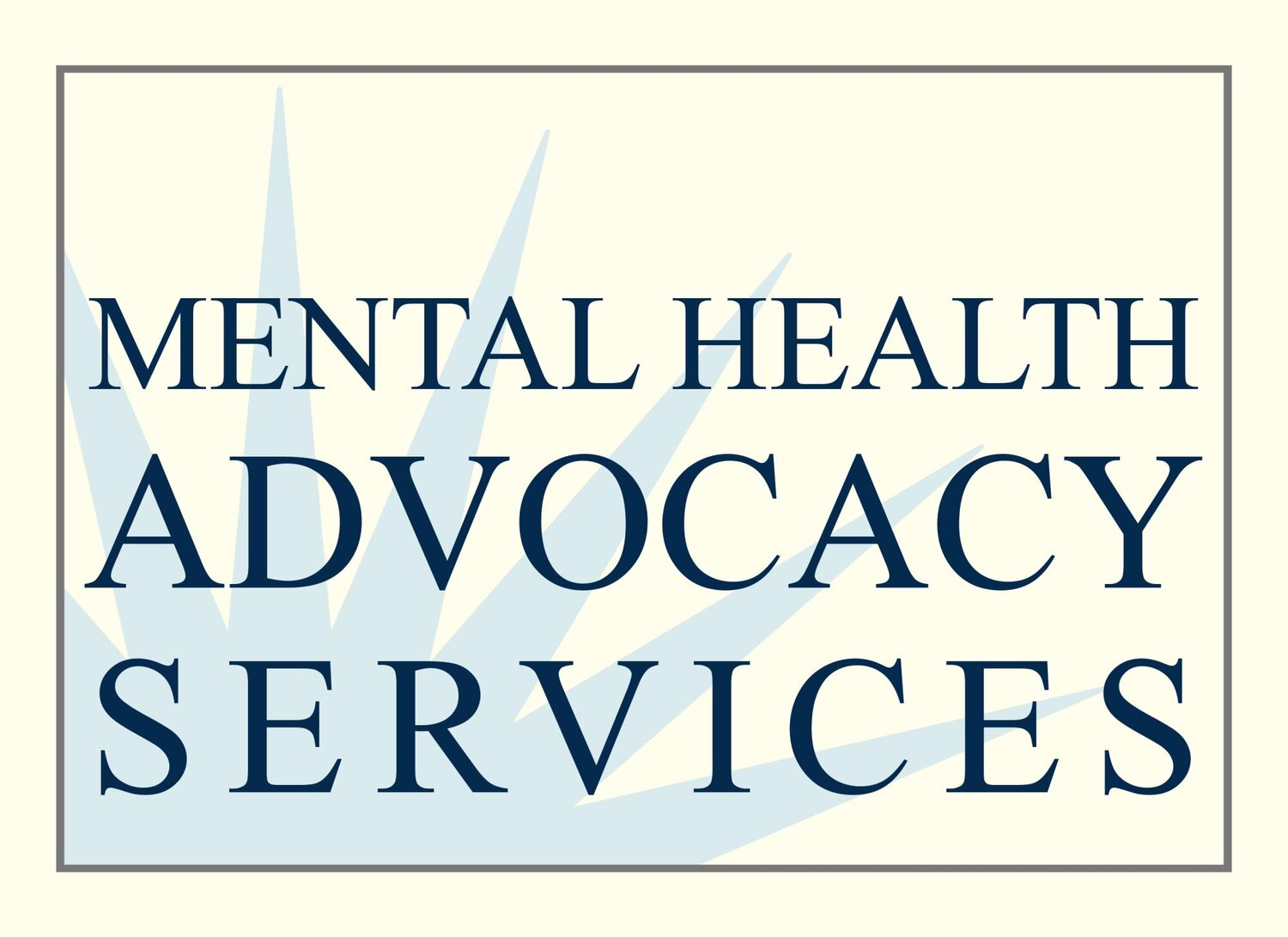Legal Onions
by Eliza SchaflerEliza Schafler is an MHAS Equal Justice Works Fellow sponsored by Greenberg Traurig, LLP.
 Here’s a riddle: How is a legal case like an onion?Answer: It has layers.I didn’t come up with this idea myself. Earlier this year, I attended a meeting of the “Southern California Medical-Legal Partnership Collaborative” – a long name for an impressive group of representatives from all the partnerships in the region that bring legal services into health care settings. At the meeting, in which I helped represent the MHAS Behavioral Health-Legal Partnership (BeHeLP), an attorney began to talk about how we see legal problems from the start. She felt that there are two ways to see a legal problem: take it at face value, or peel it back to explore deeper layers.For instance, a client may be referred by a clinician for legal help because her public assistance has been terminated. Why was it terminated? Because she missed an appointment. But peel back further: Why did she miss that appointment? She had a sick child and no child care.I have seen another recurring example in my BeHeLP clinic. Layer 1: A client comes in because she is behind on her bills, or worse, behind on her rent (and facing eviction). Layer 2: She is in financial trouble because her spouse, the breadwinner, left the household, taking his income with him. Layer 3: The client is undocumented, restricting her ability to be a breadwinner herself. Layer 4: Her spouse was forced to leave after an abusive situation was uncovered, by the police or the Department of Children and Family Services (child welfare).In some ways, seeing the layers of a legal problem is a challenging approach. It can take tremendous legal resources – which are always scarce – to tackle all of a client’s underlying needs.Yet the legal onion offers an exciting possibility. Catch a client at Layer 4, not Layer 1. Help a client obtain child care assistance before a lack of child care leads to missed meetings. Direct a client newly free from abuse to financial counseling, housing case management, and immigration advice before her finances become overwhelming. In a medical-legal partnership, teach clinicians to screen for legal issues alongside other symptoms. In other words, be preventative.
Here’s a riddle: How is a legal case like an onion?Answer: It has layers.I didn’t come up with this idea myself. Earlier this year, I attended a meeting of the “Southern California Medical-Legal Partnership Collaborative” – a long name for an impressive group of representatives from all the partnerships in the region that bring legal services into health care settings. At the meeting, in which I helped represent the MHAS Behavioral Health-Legal Partnership (BeHeLP), an attorney began to talk about how we see legal problems from the start. She felt that there are two ways to see a legal problem: take it at face value, or peel it back to explore deeper layers.For instance, a client may be referred by a clinician for legal help because her public assistance has been terminated. Why was it terminated? Because she missed an appointment. But peel back further: Why did she miss that appointment? She had a sick child and no child care.I have seen another recurring example in my BeHeLP clinic. Layer 1: A client comes in because she is behind on her bills, or worse, behind on her rent (and facing eviction). Layer 2: She is in financial trouble because her spouse, the breadwinner, left the household, taking his income with him. Layer 3: The client is undocumented, restricting her ability to be a breadwinner herself. Layer 4: Her spouse was forced to leave after an abusive situation was uncovered, by the police or the Department of Children and Family Services (child welfare).In some ways, seeing the layers of a legal problem is a challenging approach. It can take tremendous legal resources – which are always scarce – to tackle all of a client’s underlying needs.Yet the legal onion offers an exciting possibility. Catch a client at Layer 4, not Layer 1. Help a client obtain child care assistance before a lack of child care leads to missed meetings. Direct a client newly free from abuse to financial counseling, housing case management, and immigration advice before her finances become overwhelming. In a medical-legal partnership, teach clinicians to screen for legal issues alongside other symptoms. In other words, be preventative.
